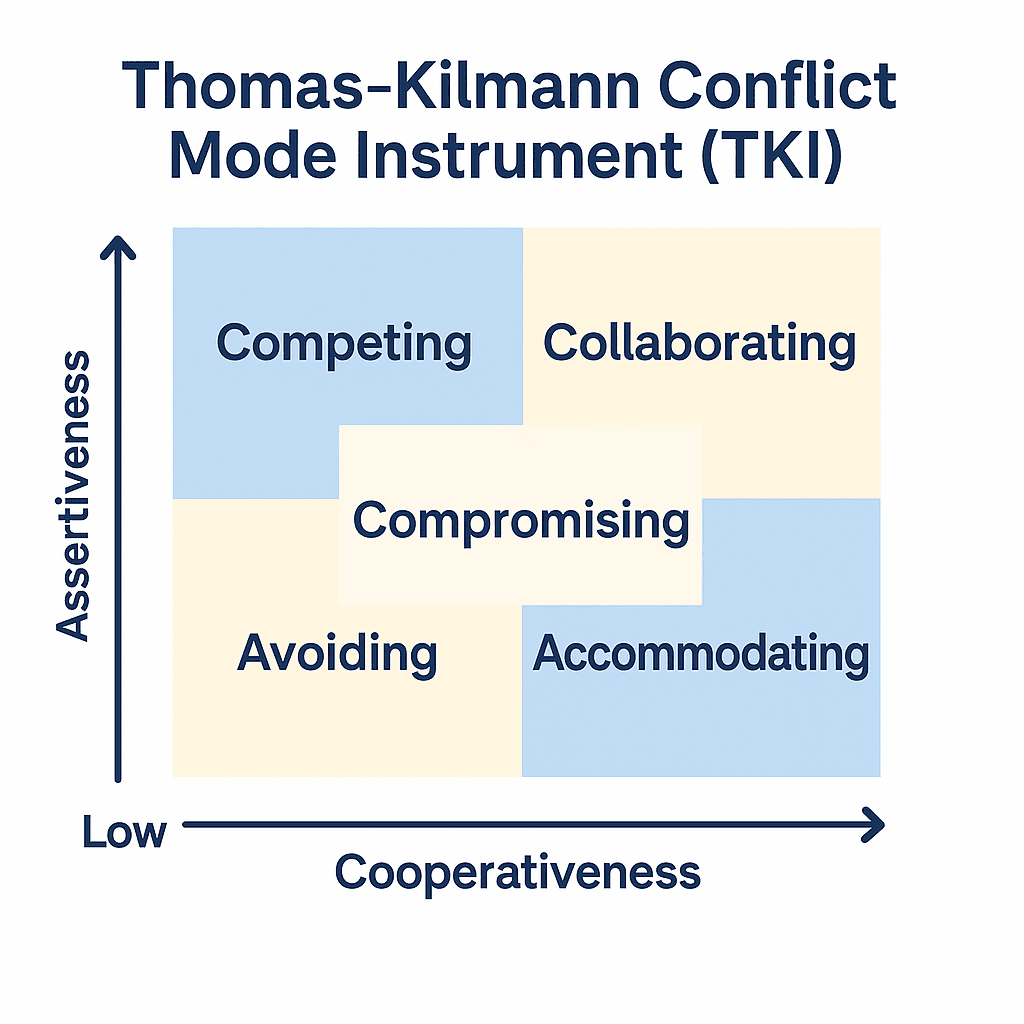Understanding Conflict Styles: Navigating Disagreements with Ease
JT
Understanding Conflict Styles
Conflicts are a natural part of human interaction, yet navigating them can often be challenging. By understanding different conflict styles, individuals can manage disagreements more effectively, leading to more productive and harmonious relationships. In this blog post, we'll explore various conflict styles and offer strategies for navigating disagreements with ease.

The Five Conflict Styles
Conflict styles refer to the typical ways individuals respond to and handle disputes. According to the Thomas-Kilmann Conflict Mode Instrument, there are five primary conflict styles:
- Competing: A style where one's own needs are prioritized above others'. Individuals using this style often assert their opinions strongly, sometimes at the expense of others.
- Collaborating: This approach seeks win-win solutions by integrating the needs and concerns of all parties involved. It requires open communication and mutual respect.
- Compromising: A middle-ground approach where each party gives up something to reach a mutually acceptable solution. It's often seen as a quick fix to disputes.
- Avoiding: This style involves sidestepping the conflict altogether. While it may reduce tension temporarily, it can lead to unresolved issues in the long run.
- Accommodating: In this style, individuals put others' needs above their own, often sacrificing personal interests to maintain peace.

Assessing Your Conflict Style
Understanding your own default conflict style is crucial for personal growth and effective conflict resolution. Reflect on past disagreements and consider which style you tend to gravitate towards. Are you assertive and competitive, or do you prefer to avoid confrontation? Recognizing your tendencies can help you adapt and choose more productive approaches when necessary.

Adapting Conflict Styles
Effective conflict resolution often requires flexibility and adaptability. By recognizing the dominant conflict style of those involved, you can adjust your approach to better meet the needs of the situation. For example, if both parties are competitive, finding common ground through collaboration may be more beneficial.
Adaptation also involves understanding the context of the disagreement. Not all conflicts require a collaborative approach; sometimes, compromising or accommodating may be more appropriate to quickly resolve minor issues.
Strategies for Effective Conflict Resolution
To navigate conflicts with ease, consider employing the following strategies:
- Active Listening: Pay attention to what the other person is saying without interrupting. This shows respect and helps you understand their perspective.
- Communicate Clearly: Express your thoughts and feelings honestly, using "I" statements to avoid placing blame.
- Stay Calm: Maintain composure to prevent escalating the conflict further. Take deep breaths or a short break if needed.
- Seek Common Ground: Identify shared interests or goals that can serve as a foundation for finding a resolution.

The Benefits of Understanding Conflict Styles
By understanding and adapting conflict styles, individuals can transform potential confrontations into opportunities for growth and collaboration. This approach not only improves personal relationships but also enhances workplace dynamics by fostering a culture of open communication and mutual respect.
Ultimately, mastering conflict resolution skills leads to better decision-making, increased creativity, and stronger connections with others. As we become more adept at handling disagreements, we pave the way for more harmonious interactions both personally and professionally.</
